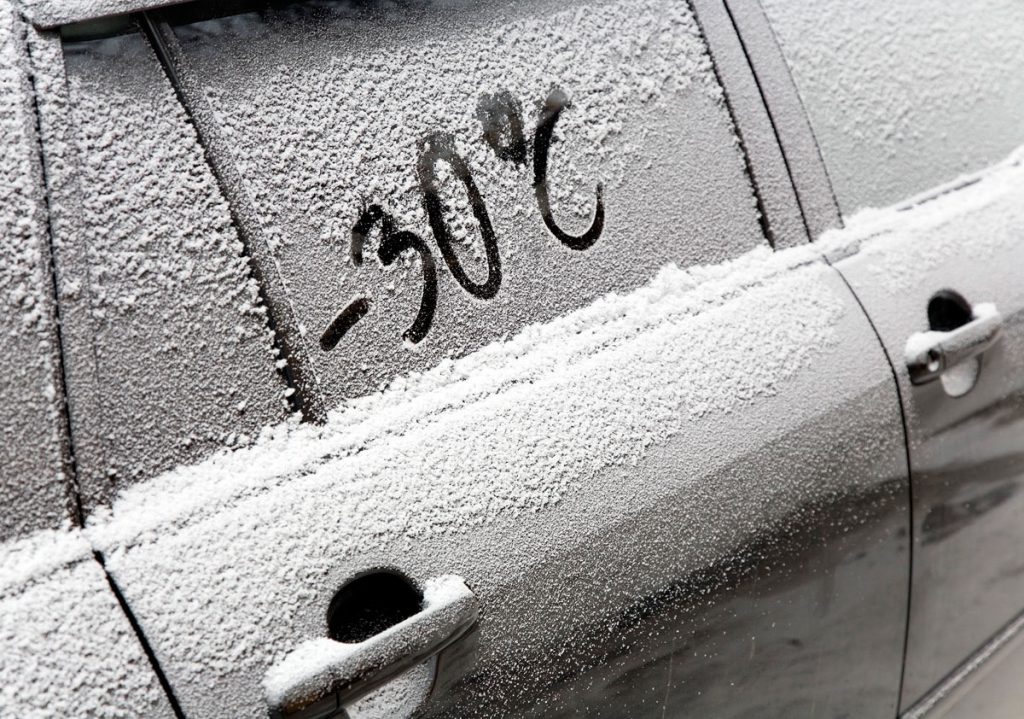If it is -20 degrees or more outside, problems may arise with starting the engine in the morning. Of course, to start the engine, it is necessary to have serviceable candles, a charged battery, and an oil suitable for climatic conditions. Before cold start, it is also recommended to warm up the battery slightly, for which it is enough to turn on the low beam headlights for 10-15 seconds.
Next, the engine should be started in the following order:
Depress the clutch pedal and put the gearbox lever in neutral.
If the engine does not want to start, do not turn the crankshaft starter for a long time. The maximum time of one attempt is no more than 15 seconds.
In total, you can make a couple of attempts with an interval of half a minute between each, or preferably a minute and a half. If it was not possible to start the car the second time, the third time is likely to be unsuccessful as well. The fact is that unburned fuel accumulates in the cylinders during unsuccessful engine starts, which eventually fills the candles.
Drying the cylinders can help
In winter, it is not always possible to dry them, although the cylinder purge mode is available on all modern cars. Therefore, the third attempt to start the engine should be performed as follows:
Squeeze the accelerator pedal all the way down (when you turn the key, the cylinder purge mode will turn on — the fuel supply will be blocked, and the candles will be blown with air).
After about 6-8 seconds of purging, gently release the accelerator pedal. If the candles have dried out, the engine will start.
At the same time, do not forget about safety — when purging the cylinders and then starting the engine, put the car on the parking brake. If flashes are felt at the first or second start, but the engine still does not start, you can help it a little by slightly pressing the gas pedal. However, such actions still require experience, since otherwise you can quickly fill the candles.
If all attempts to start were unsuccessful, you should not further torment the starter and discharge the battery to the end. For the latter, it can be a blow that will completely disable him. And if the engine suddenly starts, after so many attempts, large surpluses of unburned fuel in the cylinders can get into the neutralizer, which will disable it, and repairing this device is not cheap.
Do I need to warm up the engine?
If the engine is still started in the cold, you should not immediately start moving – spend a couple of minutes warming up. Although theoretically it will do it faster on the move, in practice some vehicles are ready to stall on a cold engine every now and then.
However, it is not necessary to warm it even in the cold for more than 3-5 minutes — slow heating at idle is fraught with accelerated wear of piston rings and cylinders, since alkaline additives in cold oil do not effectively neutralize the products of incomplete combustion of fuel.
Also remember that even after warming up, after letting the unit run for a few minutes at idle, you should start moving smoothly, without acceleration, which is important primarily for rear- and all-wheel drive cars. After all, in the gearboxes of the bridges, the oil at the beginning of the movement will remain cold, equal to the ambient temperature, and therefore very thick.
If the article was useful to you, then be sure to share it with your friends!
Avaruosad.ee – online auto parts store
Need spare parts for your car? Call for free consultation:
- +372 56 812 812
- info@avaruosad.ee


